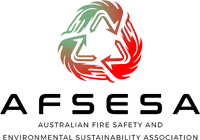Foam Fire Extinguishers
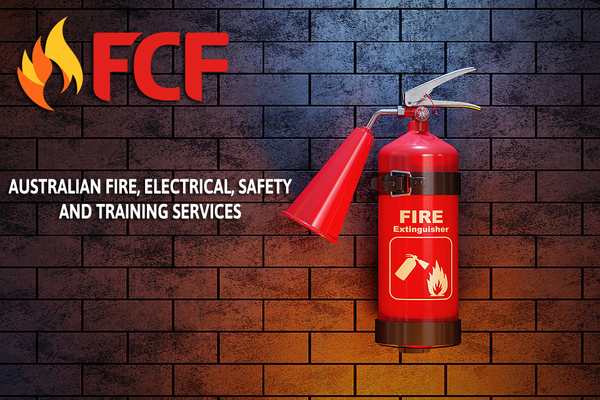
Foam fire extinguishers have undergone a major transformation over the years. They originally came with a thick and gloopy texture. The foams were rather smelly due to the use of high animal protein content. Conversely, modern Aqueous Film Forming Foam (AFFF) is more evolved and advanced. It provides a more effective solution when it comes to fire extinguishing.
This type of extinguisher is typically indicated by a blue band above the instructions. It is designed to extinguish class A and B fires. Class A encompasses fires triggered or involving a number of materials, including rubber, different types of plastics, textiles, paper, and wood. On the other hand, class B covers flammable liquids. Foam extinguishers are available in different sizes to suit various applications and requirements.
How Foam Fire Extinguishers Work
A foam fire extinguisher puts out fires by covering the flames with a thick blanket of foam. In turn, this deprives the fire of the air supply, thus undermining its capacity to release flammable vapours. When directed towards flammable liquids, the foam allows the liquid to drain from it before forming an aqueous film. This creates ideal conditions for the effective suppression of fuel vapor and the sealing of the liquid surface.
Traces of water in the foam bolster the suppression by producing a cooling effect. However, these extinguishers are ineffective for dealing with fires involving deep fat fryers.
Aqueous Film-Forming Foam (AFFF) leverages the fire suppression power of hydrocarbon- and fluoro-surfactant technologies to provide superior firefighting capability. The foam also uses multiple mechanisms designed to ensure burn-back resistance. It also boasts outstanding wetting properties and can be used with other chemical agents like the purple-K dry compound to provide improved fire suppression performance.
Alcohol-resistant foams come with a polymer that provides a protective layer between the foam and the flame surface. This is aimed at counteracting foam breakdown, which is typically caused by the presence of alcohol in the blazing liquid. Alcohol-resistant foams are more effective in extinguishing blazes with oxygenates.
Expansion rates of foam
Low-expansion foams like Aqueous Film-Forming Foam (AFFF) are highly mobile allowing them to cover large areas. They also have low-viscosity properties and an expansion rate of less than 20.
The expansion ratio of medium-expansion firefighting foams ranges between 20 and 100.
High-expansion foams are well suited for use in enclosed spaces because they have the capacity to quick-fill the burning area. They have an expansion ratio that ranges between 200 and 1000.
Features Of Foam Fire Extinguishers
- Affordable and easy to maintain
- Highly portable
- Foam extinguishers can be recharged
- Effective on Class A and B flames
- They come with all-metal valves, steel cylinders, and a nozzle
- Available in stored pressure and cartridge models
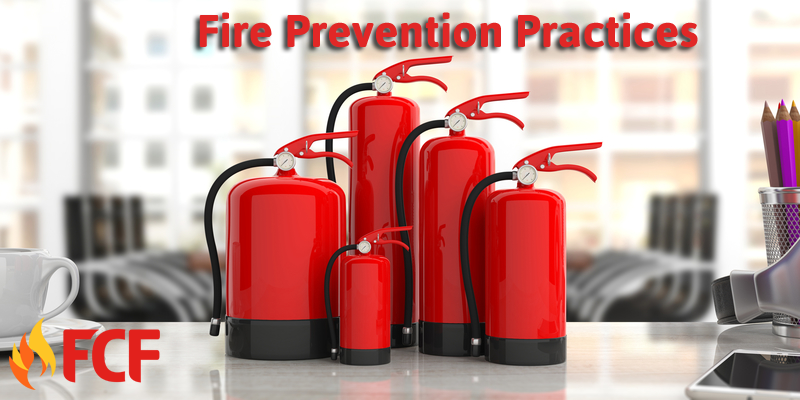
Foam extinguishers and electricity
The nozzle for these extinguishers is non-conductive, thus allowing users to operate the equipment close to (but not directly on) live electrical fixtures. Some of the quality standards used to determine the suitability of equipment for such applications, including the BS EN3 35,000V test as defined by BSEN3-7:2004.
Types of Foam Fire Extinguishers
Synthetic foams are manufactured using synthetic surfactants to ensure better flow. This allows the extinguisher foam to achieve the knock-down effect much faster as it spreads above the hydrocarbon-based liquids. However, this variant can contaminate groundwater and has limited post-fire security. Aqueous film-forming foams (AFFF) and alcohol-resistant aqueous film-forming foams (AR-AFFF) fall under this category.
Unlike synthetic variants, protein foams generally flow and spread at a slower rate. Yet, they are more durable and heat-resistant. These foams are made of natural proteins and they are environmentally friendly thanks to their bio-degradable properties. Some of the foams that fall under this classification include:
- Alcohol-resistant film-forming fluoroprotein (AR-FFFP).
- Fluoroprotein foam (FP)
- Alcohol-resistant fluoroprotein foam (AR-FP)
- Regular protein foam (P)
- Film-forming fluoroprotein (FFFP)
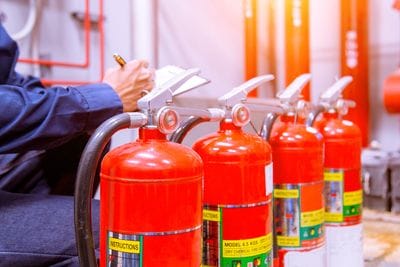
Aqueous Film Forming Foam (AFFF)
AFFF foams come in a comprehensive variety of types, including AFFF 3% Plus, AFFF 1% F, AFFF 3% ICAO and more. AFFF 1% A is typically mixed with a number of solvents, stabilizers, and preservatives. It is recommended that the foam is applied at 1 percent proportioned solution (that is 99 parts of water and 1 part concentrate). Sea, brackish or freshwater can be used for this purpose. You can also check this blog for different type of fire extinguishers.
| Tags:Foam Fire Extinguisher |

)
)
)
)
)
)
)
)
)
)
)
)
)
)
)
)
)
)
)
)
)
)
)
)
)
)
)
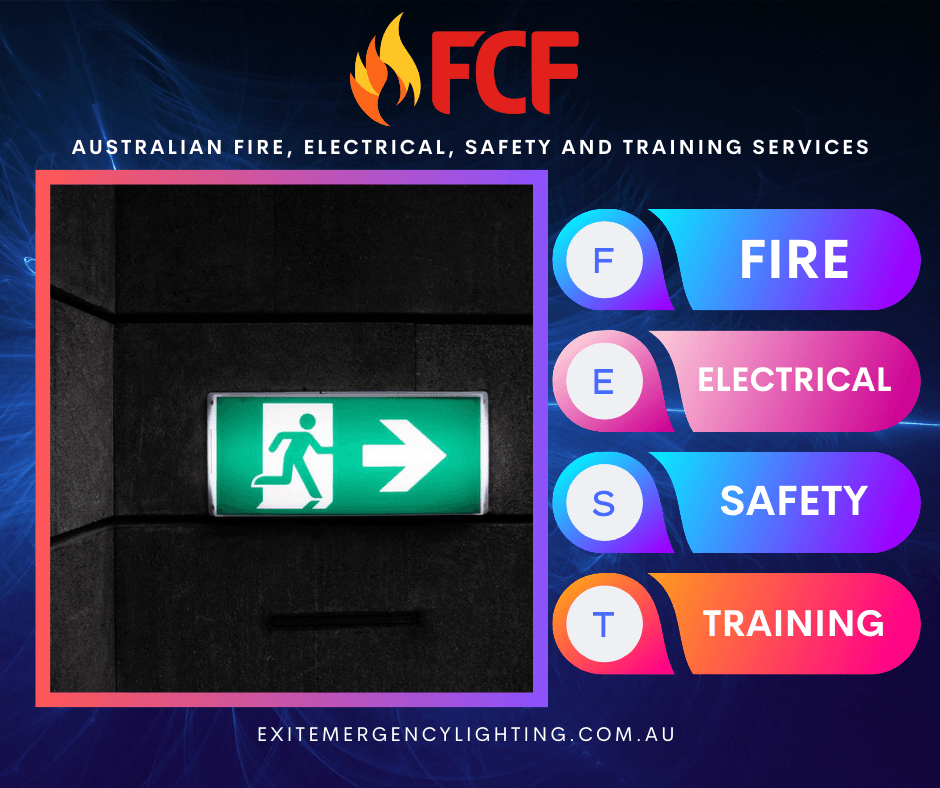)






